Entry Category: Historic Preservation
Paris Post Office
 Paris Post Office
Paris Post Office
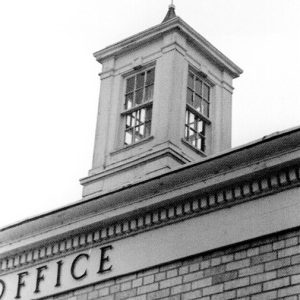 Paris Post Office
Paris Post Office
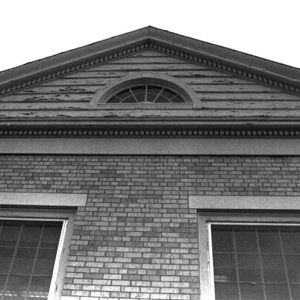 Paris Post Office Detail
Paris Post Office Detail
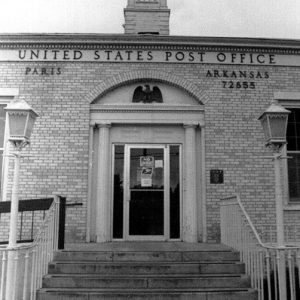 Paris Post Office Front Door
Paris Post Office Front Door
 Paris Post Office Interior
Paris Post Office Interior
Park Hill Historic District
Park Hotel
 Parker Pioneer Homestead
Parker Pioneer Homestead
 Parker-Hickman Farm Barn
Parker-Hickman Farm Barn
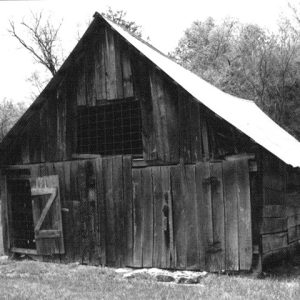 Parker-Hickman Farm Barn
Parker-Hickman Farm Barn
Parker-Hickman Farm Historic District
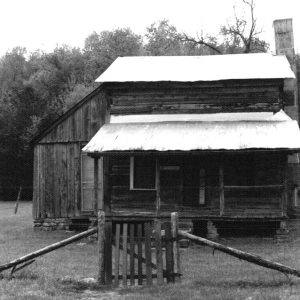 Parker-Hickman Farm House
Parker-Hickman Farm House
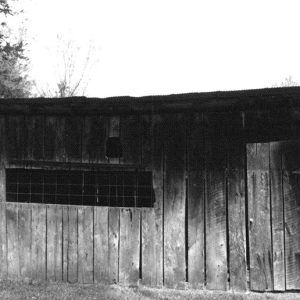 Parker-Hickman Farm Outbuilding
Parker-Hickman Farm Outbuilding
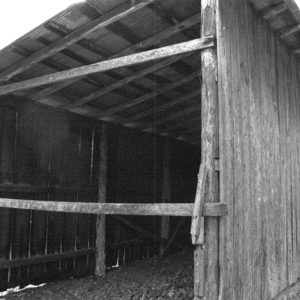 Parker-Hickman Farm Outbuilding
Parker-Hickman Farm Outbuilding
 Parker-Hickman Farm Outbuilding
Parker-Hickman Farm Outbuilding
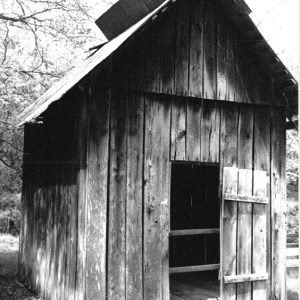 Parker-Hickman Farm Outbuilding
Parker-Hickman Farm Outbuilding
Parkin Historic Site
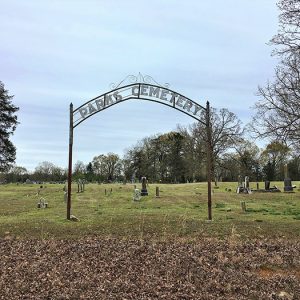 Parks Cemetery
Parks Cemetery
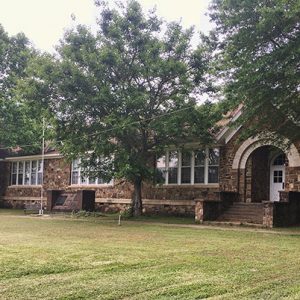 Parks School House - Front
Parks School House - Front
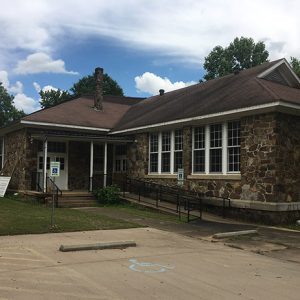 Parks School House - Rear
Parks School House - Rear
Parks School House
Parkway Courts Historic District
 Parlor Display
Parlor Display
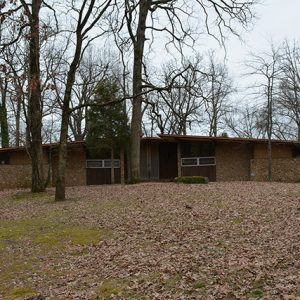 Patteson House
Patteson House
Patteson House
Paul Laurence Dunbar School Neighborhood Historic District
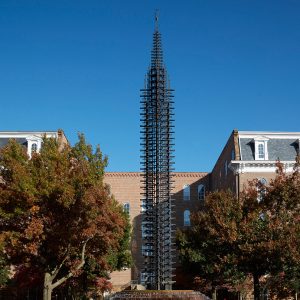 Peace Fountain
Peace Fountain
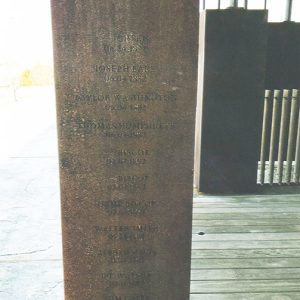 Peace Memorial
Peace Memorial
Peake High School
Peel Mansion Museum and Heritage Gardens
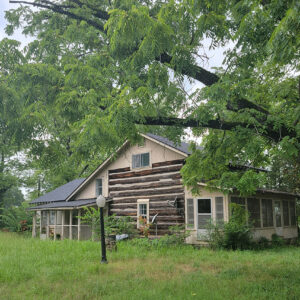 Peeler Gap Road House
Peeler Gap Road House
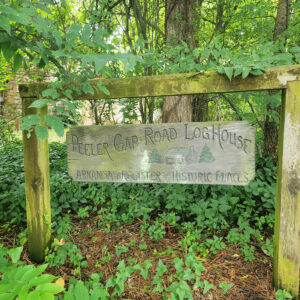 Peeler Gap Road House Sign
Peeler Gap Road House Sign
 Penrod's Hobby Museum
Penrod's Hobby Museum
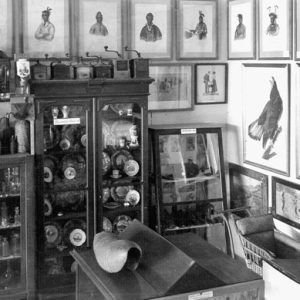 Penrod's Museum
Penrod's Museum
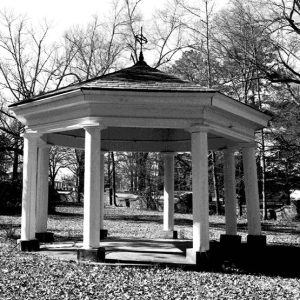 Pergola
Pergola
Perry County Courthouse
Perry County Historical and Genealogical Society
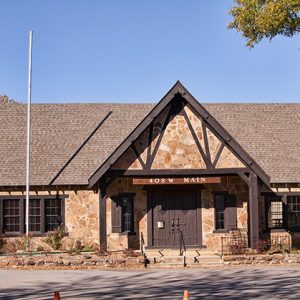 Perry County Historical Museum
Perry County Historical Museum
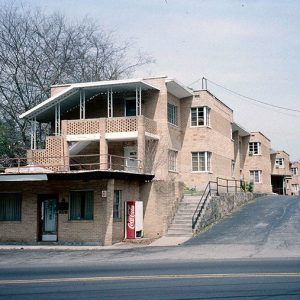 Perry Plaza Court
Perry Plaza Court
Perry Plaza Court Historic District
Perry Rock Island Railroad Depot
 Perryman Hardware
Perryman Hardware
Perryville American Legion Building
aka: Doyle-Leach Post American Legion Hut
Peter Dierks Joers House
Petit Jean Rock Art Sites
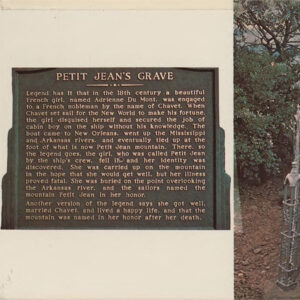 Petit Jean's Grave
Petit Jean's Grave
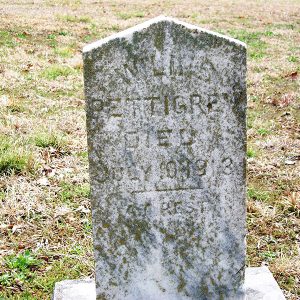 Pettigrew Grave
Pettigrew Grave
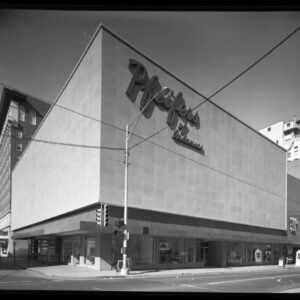 Pfeifer Brothers Department Store
Pfeifer Brothers Department Store




